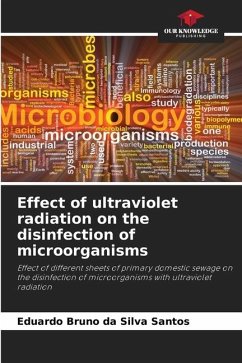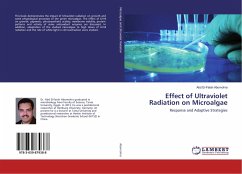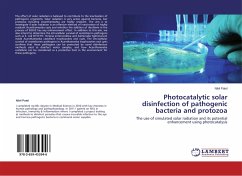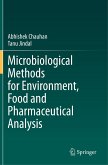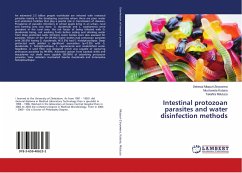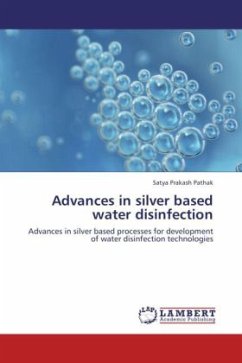Treating domestic sewage is one of the most important sanitation measures for people's quality of life. The agricultural use of treated domestic sewage is an alternative for semi-arid regions. The general aim of this study is to analyze the effect of different sludge levels of primary domestic sewage on the inactivation of total and thermotolerant coliforms using ultraviolet radiation from lamps. From August to September 2011, an ultraviolet reactor was installed and monitored in the domestic sewage treatment mini-station at the UFERSA Zoo and Botanical Park in Mossoró-RN. Throughout the experimental period, samples of treated effluent were collected for physical-chemical and microbiological characterization. The experiment was set up in a completely randomized design with three replications and six treatments. The results indicated that there was a significant reduction in the population level of total and fecal coliforms for the different blades of primary domestic sewage underexposure to germicidal ultraviolet radiation; the 5 and 10 cm blades of domestic sewage were the most efficient in inactivating total and fecal coliforms.
Bitte wählen Sie Ihr Anliegen aus.
Rechnungen
Retourenschein anfordern
Bestellstatus
Storno

